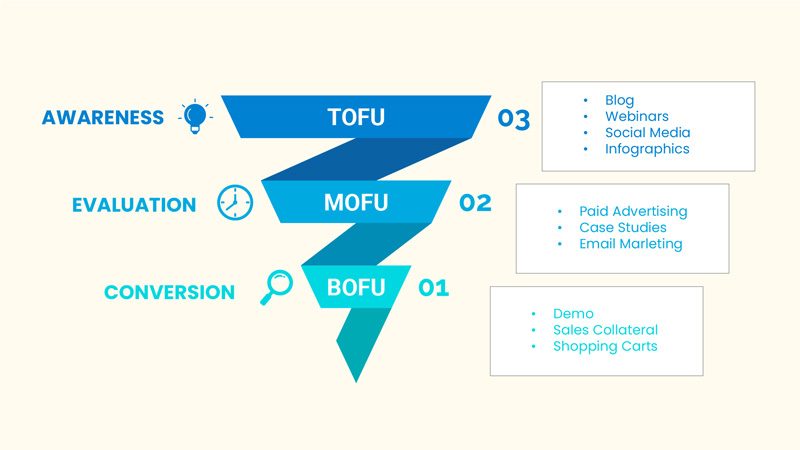In the ever-evolving landscape of digital marketing, two powerful strategies stand out for their ability to drive brand awareness, engagement, and conversion rates: email marketing and search engine optimization (SEO). While they might seem like distinct avenues, savvy marketers understand that combining the strengths of both can yield exceptional results.
What is Email Marketing?
Email marketing is a digital marketing strategy that involves sending targeted emails to a group of recipients with the goal of building relationships, promoting products or services, and driving engagement or conversions. It’s a direct form of communication that allows businesses and organizations to connect with their audience on a more personal level, delivering tailored content and messages directly to their email inboxes.
Email marketing campaigns can take various forms, including newsletters, promotional offers, product announcements, event invitations, educational content, and more. The key to successful email marketing lies in delivering relevant and valuable content to the recipients, fostering engagement and encouraging them to take desired actions, such as Engaging in activities like making a purchase, registering for a webinar, or exploring a website.
Email Marketing on SEO Success
The synergy between email marketing and SEO cannot be underestimated. These strategies, when used in harmony, can bolster brand authority, increase website traffic, reduce bounce rates, encourage social signals, enhance user engagement, and refine your content strategy. By recognizing the interconnectedness of these tactics, you can create a holistic approach that maximizes your online success. So, leverage the power of email marketing to complement your SEO efforts and watch as this dynamic duo propels your brand to new heights.
- Building Brand Authority and Credibility: One of the primary objectives of SEO is to establish your brand as a reliable authority within your industry. Similarly, email marketing can contribute to this endeavor by providing valuable and informative content directly to your subscribers’ inboxes. Sharing well-crafted newsletters, insightful articles, and expert insights not only keeps your audience engaged but also enhances your brand’s credibility. As recipients find value in your emails, they are more likely to trust your brand and, consequently, engage with your website, positively impacting your SEO efforts.
- Boosting Website Traffic: Email marketing can be a significant driver of targeted traffic to your website. When you craft compelling email content that includes links to relevant blog posts, product pages, or landing pages, you’re directing interested recipients straight to your online assets. Increased website traffic, when coupled with solid SEO practices, sends positive signals to search engines about your site’s relevance and authority, potentially leading to higher search engine rankings.
- Reducing Bounce Rates: A high bounce rate, when visitors leave your site shortly after arriving, can have a detrimental impact on your SEO efforts. Email marketing can help combat this by sending tailored content to subscribers who have already expressed interest in your brand. Since these recipients are more likely to find your content relevant, they’re less likely to bounce, signaling search engines that your site offers valuable information. Lower bounce rates can contribute positively to your SEO rankings.
- Encouraging Social Signals: Social signals, such as likes, shares, and comments on social media platforms, are increasingly considered as factors in SEO algorithms. When you share your email content on social media and encourage your subscribers to engage with it, you create a ripple effect of social signals that indicate your content’s value. This can lead to increased visibility on search engines and improved organic search rankings.
- Enhancing User Engagement: Both email marketing and SEO aim to engage users effectively. A user who engages with your email content is likely to engage with your website as well. This interaction sends positive user engagement signals to search engines, indicating that your website provides a satisfactory user experience. Factors like longer visit durations and lower bounce rates can contribute to higher search engine rankings.
- Optimized Content Strategy: Effective email marketing campaigns often involve segmenting your email list based on subscriber preferences, behaviors, and demographics. This segmentation provides valuable insights into the type of content that resonates with different segments of your audience. By analyzing these patterns, you can tailor your overall content strategy, creating blog posts and website content that align with what your audience finds most engaging. This alignment between email content and website content can strengthen your SEO efforts by providing consistent and relevant information.
Email Marketing Strategy
Email marketing stands as a tried-and-true digital marketing strategy with a remarkable ability to engage audiences and drive conversions. In today’s landscape, however, where search engines play a crucial role in directing online traffic, integrating SEO principles into your email marketing strategy can significantly amplify its effectiveness. In this blog, we delve into the art of crafting an SEO-centric email marketing strategy that not only nurtures your subscriber base but also aligns seamlessly with your broader online objectives.
- Building an Email List: The foundation of email marketing is an opted-in email list. This list comprises individuals who have willingly provided their email addresses, often by subscribing to a newsletter or expressing interest in a brand’s products or services.
- Segmentation: Email lists can be segmented based on various criteria like demographics, purchase history, interests, and engagement level. Segmentation enables marketers to send targeted and personalized content to different groups, increasing the relevance of the emails.
- Keyword-Centric Subject Lines: The email content’s entrance is through the subject line. By incorporating relevant keywords into your subject lines, you can make your emails more searchable within inboxes. Moreover, when subscribers find emails with subject lines that mirror their search intent, they’re more likely to open and engage with them. This not only boosts your email’s open rates but also aligns with SEO principles by targeting user intent.
- Optimized Email Content: Just as you optimize website content for search engines, you can do the same for your email content. Inserting strategically chosen keywords within the body of your emails can enhance their relevancy, potentially improving their deliverability and ensuring that they don’t trigger spam filters. Remember to maintain a natural flow and avoid keyword stuffing, as your primary goal is to provide value to your subscribers.
- Responsive Design for Mobile and Desktop: Responsive design isn’t just important for website SEO, it’s equally crucial for email marketing. With a growing number of users checking emails on mobile devices, your emails should render seamlessly across various screen sizes. Search engines value mobile-friendliness, and if your emails provide a positive mobile experience, it can indirectly influence your SEO rankings.
- Engagement-Driven Metrics: High engagement rates are not only essential for email marketing success but can also have an impact on SEO. When subscribers actively interact with your emails; clicking on links, downloading resources, or sharing content, it sends positive signals to search engines about the value your brand provides. These engagement-driven metrics can indirectly influence your website’s ranking, showcasing your content’s relevance and authority.
- Integration with Website Content: Your email marketing strategy should complement your website’s content strategy. If you’re running a blog, for instance, consider sending regular email updates featuring snippets of your latest blog posts. This integration not only nurtures your email subscribers but also directs them to your website, boosting your site’s traffic and potentially improving its search engine ranking.
- Personalization and Segmentation: Personalization is a powerful tool in both email marketing and SEO. By segmenting your email list based on demographics, behaviors, and preferences, you can tailor content to specific audience segments. This personalization fosters a stronger connection with your subscribers, increasing the likelihood of engagement. In turn, higher engagement levels can positively influence your SEO rankings.
- Encourage Social Sharing: Indirectly, SEO is influenced by social signals, which encompass actions like likes, shares, and comments on various social media platforms. Include social sharing buttons within your emails to encourage subscribers to share your content. A well-shared email campaign can extend your reach, increase brand visibility, and potentially result in more inbound links to your website, factors that search engines consider when ranking websites.
Conclusion
Incorporating SEO principles into your email marketing strategy can elevate your campaigns beyond mere communication tools, transforming them into potent drivers of brand awareness and engagement. By focusing on keyword-centric subject lines, optimized content, responsive design, engagement metrics, content integration, personalization, and social sharing, you’ll align your email marketing efforts with your broader SEO objectives.
Remember, the synergy between these two strategies is not just about the technical aspects; it’s about delivering value to your audience while strategically positioning your brand for search engine success.




